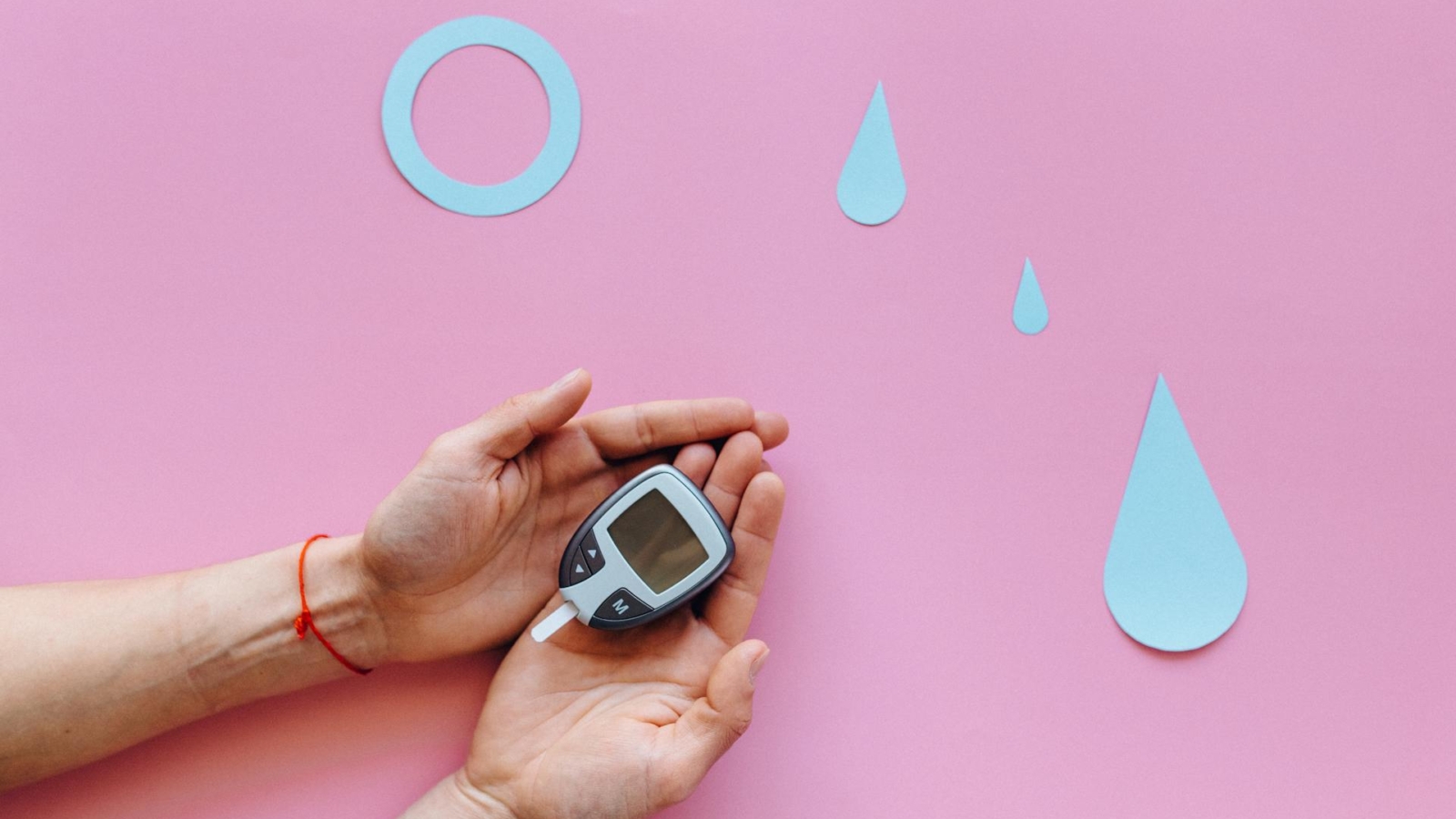This disease is endemic in many tropical regions, including Southeast Asia and parts of China, and has been increasingly recognized in urban settings like Hong Kong. The authors highlight the historical context of melioidosis in Hong Kong, noting the first reported cases in the 1980s and the subsequent rise in incidence over the years [13]. Melioidosis is characterized by a wide spectrum of clinical presentations, ranging from localized infections to severe systemic disease, including septicemia. The mortality rate associated with melioidosis can be significant, often ranging from 10% to 50%, depending on various factors such as the patient’s underlying health conditions and the timeliness of diagnosis [6], [19]. The article emphasizes the importance of early recognition and appropriate antibiotic treatment, typically involving ceftazidime or meropenem during the intensive phase, followed by eradication therapy with co-trimoxazole or doxycycline [5], [10]. Recent studies have indicated that environmental factors, such as heavy rainfall and flooding, can exacerbate the transmission of *Burkholderiapseudomallei*, particularly during typhoon seasons [1], [20]. This is particularly relevant for Hong Kong, where urbanization and climate change may influence the epidemiology of melioidosis. The authors of the article advocate for increased awareness among healthcare professionals regarding the risk factors and clinical signs of melioidosis, especially in patients with diabetes mellitus or chronic renal disease, who are at higher risk for severe outcomes [6], [19]. In summary, the article by Lui et al. serves as a critical resource for understanding the dynamics of melioidosis in Hong Kong, emphasizing the need for improved diagnostic capabilities and public health strategies to manage this emerging infectious disease effectively.

Add a Comment